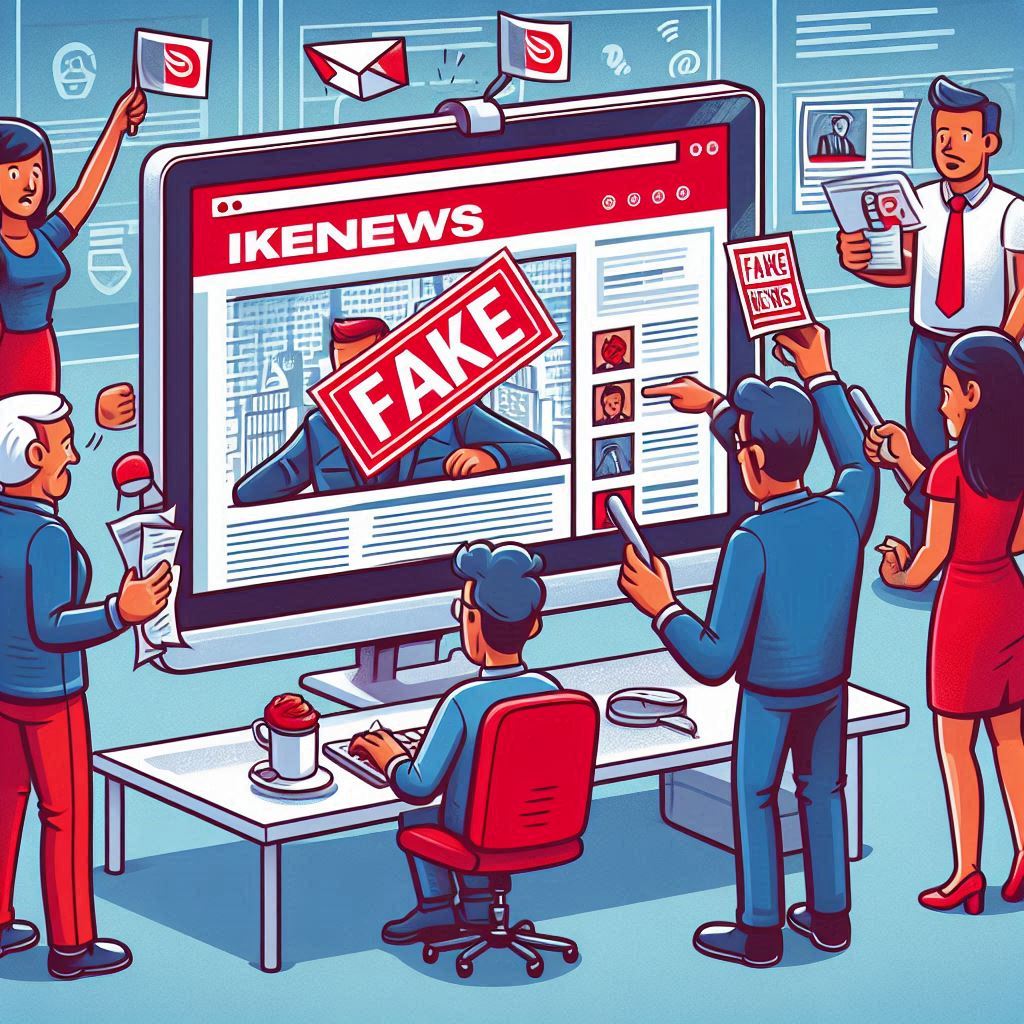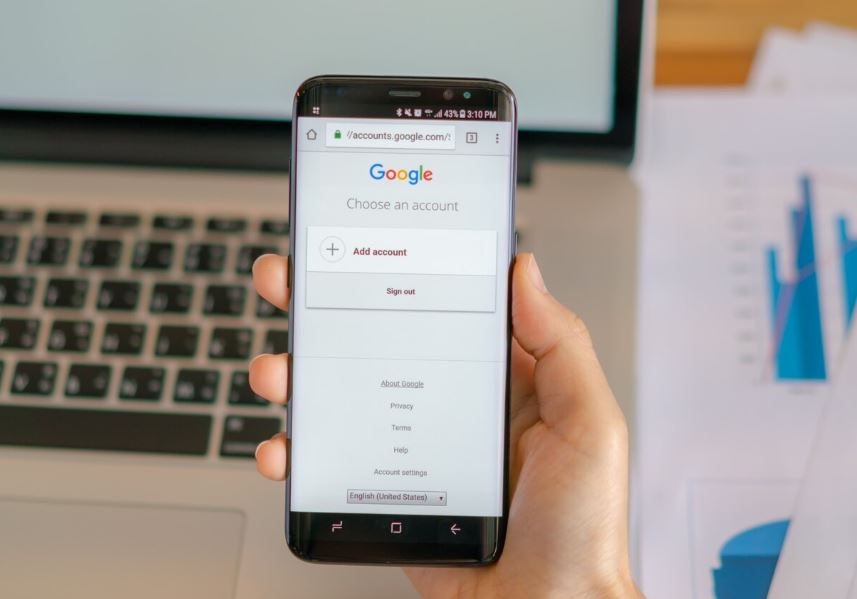
The Growing Threat of Misinformation
In today's digital age, the spread of fake news has become a significant concern. With information flowing freely across various online platforms, it's increasingly challenging to distinguish fact from fiction. Learning to recognize fake news is an essential skill for navigating the modern information landscape.
Check the Source
One of the first steps in identifying fake news is to examine the source of the information. Reputable news organizations typically have a history of accurate reporting and adhere to journalistic standards. Be wary of unfamiliar websites or sources that lack transparency about their ownership or editorial processes.
Look for Unusual URLs or Site Names
Fake news sites often try to mimic legitimate news sources. Pay attention to the URL of the website. Slight variations in spelling or domain extensions (like .co instead of .com) can be red flags. If the site name sounds unusual or sensationalist, it's worth investigating further.
Examine the Writing Quality
Professional news organizations typically maintain high standards of writing and editing. Poor grammar, excessive use of capital letters, or numerous spelling errors can be indicators of unreliable content. While not all well-written articles are true, a lack of professionalism in writing is often a warning sign.
Check the Date and Time Stamp
Outdated news articles sometimes resurface and are shared as current events. Always check the publication date of an article. If it's not recent, investigate whether the information is still relevant and accurate in the current context.
Be Wary of Sensational Headlines
Fake news often uses sensational or emotionally charged headlines to attract clicks. If a headline seems too outrageous to be true, it probably is. Legitimate news sources typically use more measured language, even for significant events.
Look for Supporting Sources
Credible news stories often include quotes from experts or links to primary sources. If an article makes bold claims without any supporting evidence or references, it's worth being skeptical. Cross-reference the information with other reputable news sources.
Check the Images
Images can be powerful tools for spreading misinformation. Use reverse image search tools to check if a photo has been manipulated or taken out of context. Be particularly cautious of images that seem too perfect or emotionally stirring.
Beware of Confirmation Bias
We all have inherent biases that can cloud our judgment. Be especially critical of news that aligns perfectly with your existing beliefs. Fake news often targets specific groups by playing on their preconceptions and emotions.
Use Fact-Checking Websites
Several reputable fact-checking websites specialize in verifying news stories and claims. Sites like Snopes, FactCheck.org, and PolitiFact can be valuable resources for confirming the accuracy of news items.
Consider the Context
Understanding the broader context of a news story is crucial. Sometimes, fake news takes a grain of truth and distorts it. Look at how other reputable sources are reporting on the same topic to get a more balanced view.
Be Cautious of Social Media Sharing
Social media platforms are breeding grounds for fake news. Just because a story has been shared many times doesn't make it true. Be particularly cautious of information shared by individuals rather than established news organizations.
Develop Critical Thinking Skills
Ultimately, recognizing fake news requires developing and applying critical thinking skills. Question what you read, consider alternative explanations, and don't be afraid to dig deeper into stories that seem questionable.
Tips on SEO and Online Business
Next Articles
Previous Articles








